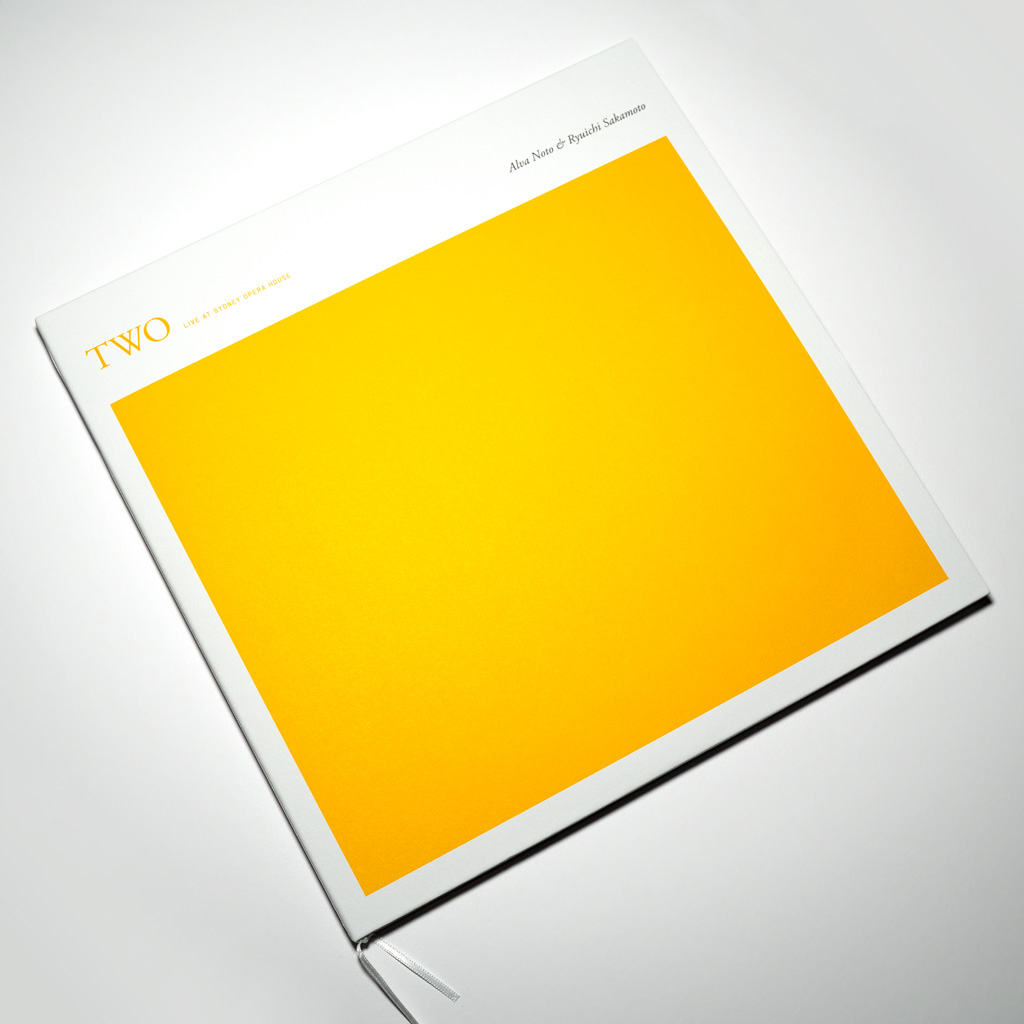
Towards the end of the piece, a synth choir similar to something on Music for Airports makes itself known, and though it’s the first melodic element we hear, it never rises above a murmur. When new elements arrive, they’re not to push the music towards a breaking point but to add color and texture. It feels like it might cut us if we weren’t protected by our speakers. One of the most prominent sounds in the mix, which grows gradually louder as the piece progresses, sounds like a rain of glass shards. One of the remarkable things about Glass is how it inhabits all our associations with glass: it can be pure and gorgeous but also brittle and sharp. Others will prefer to process this music through their imagination. Those curious about how the individual sounds are made may find those videos enlightening. In live footage, we can discover how many of these noises were made Noto rubbing a mallet across one of the windows, for instance. The single-track, 37-minute piece is a recording of a site-specific performance at architect Philip Johnson’s Glass House, and many of these sounds were made with the actual walls and window panes of the house. But it’s ultimately a brilliant synthesis of the extremes the two artists represent: beautiful but potentially dangerous, a work of art to admire but not to touch. The digital wind in the background is most likely Noto, the jewel tones in the foreground are probably Sakamoto. We can guess which sounds were contributed by which artist. Glass, for the first time, finds a midway point between the two, and it suggests this pairing still contains untapped potential. Typically, a Noto/Sakamoto album consists of Sakamoto ruminating on a piano as Noto’s electronics burble in the background.

Interestingly, they’re also responsible for the score for The Revenant. The duo have recorded a series of five good-to-great albums together, the first two of which-2002’s Vrioon and 2005’s Insen-remain classics of the clicks-and-cuts genre. Ryuichi Sakamoto is a happy-go-lucky figure by comparison, known for his placid movie scores and his crucial role in the influential and aggressively goofy Yellow Magic Orchestra. Just last month, Noton released Live 2002, a collaboration between Noto and fellow fringe electronic musicians Ryoji Ikeda and Mika Vainio that felt too austere to be live. Alva Noto and Ryuichi Sakamoto’s Glass is unique among the duo’s collaborations in that it’s holistic, blending the artists’ personalities instead of exploiting their differences.Īlva Noto, born Carsten Nicolai, lent his name to the Noton label, a name synonymous with some of the most extreme and austere electronic music of the last two decades.


 0 kommentar(er)
0 kommentar(er)
